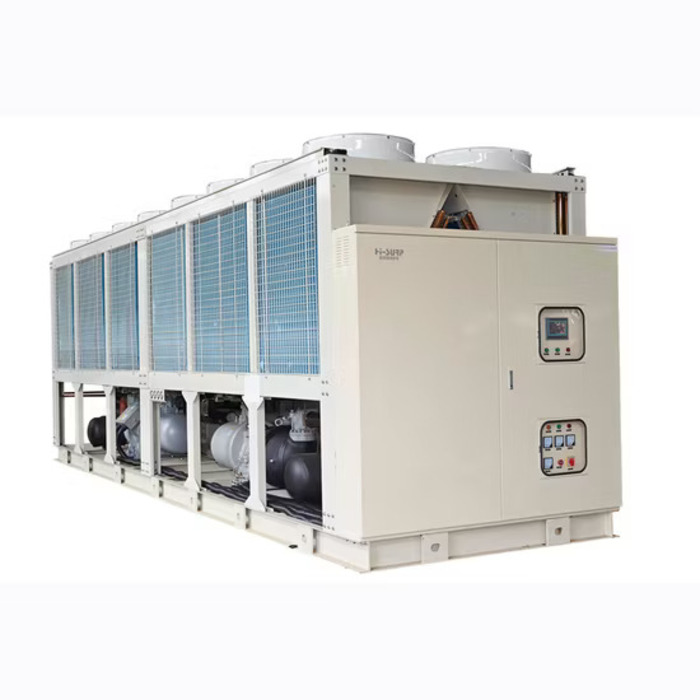Traditionally viewed as a simpler, more compact alternative to water-cooled systems, air-cooled chillers have evolved dramatically over the last decade. Today’s energy-efficient air-cooled chillers are no longer just basic machines mounted on rooftops. They are now intelligent, modular, and eco-friendly systems that integrate cutting-edge technologies like microchannel condensers, smart variable-speed components, predictive controls, and low-GWP refrigerants.
These enhancements aren’t just about saving energy; they also translate into improved reliability, quieter operation, easier maintenance, and compliance with global environmental standards. Whether you’re planning HVAC upgrades for a commercial building, selecting process cooling for an industrial plant, or designing a green-certified infrastructure, choosing an energy-efficient air-cooled chiller can be a strategic and sustainable investment.
Microchannel Condenser Coils – Compact Yet Powerful
Traditional chillers often use bulky fin-and-tube condensers. Energy-efficient models now incorporate microchannel heat exchangers, which consist of multiple flat tubes with small channels through which refrigerant flows.
Advantages:
- Greater Heat Transfer Efficiency: More surface area contact means better heat exchange.
- Lower Air-Side Pressure Drop: Reduces the power needed for fans to move air.
- Reduced Refrigerant Charge: These coils require 30–50% less refrigerant, minimizing both cost and environmental impact.
- Lighter and Compact: Contributes to a smaller footprint and easier rooftop installation.
EC (Electronically Commutated) Fans with Smart Control
Energy-efficient chillers replace conventional AC fan motors with EC motors that can be precisely controlled.
Benefits:
- Variable Speed Operation: Fans automatically adjust speed based on cooling load and outdoor air temperature.
- Higher Efficiency at Partial Load: EC fans can operate at reduced speeds during cooler hours, saving energy.
- Reduced Noise: Fans run quieter, ideal for hospitals, schools, and commercial buildings.
- Integrated Diagnostics: Modern EC fans support feedback systems to notify of performance degradation or failure.
Scroll and Magnetic Bearing Compressors – Efficiency at the Core
Compressors are the heart of a chiller, and efficient chillers use next-gen technologies to minimize energy draw.
Digital Scroll Compressors:
- Modulate capacity between 10%–100% without turning the compressor on and off.
- Reduce wear and tear and enhance part-load performance.
Magnetic Bearing Centrifugal Compressors:
- Operate oil-free using magnetic levitation, eliminating friction.
- Consume 30%–50% less energy at part-load compared to traditional compressors.
- Minimal maintenance as there is no oil circuit or bearing wear.
AI-Based Predictive Control Algorithms
High-end chillers now come equipped with intelligent control systems powered by machine learning.
Key Features:
- Predict Load Fluctuations: Anticipates cooling demand based on time-of-day, building occupancy, weather forecasts, etc.
- Adaptive Optimization: Continuously adjusts compressor, fan, and expansion valve settings for peak efficiency.
- Remote Access & Monitoring: Facility managers can monitor and tune chillers from a mobile or web app.
Floating Head Pressure Control – Adaptive Operation
Instead of maintaining a constant high-pressure setpoint, modern air-cooled chillers allow head pressure to “float” based on ambient temperature.
How It Works:
- On cool days, the chiller allows the condenser pressure to drop.
- This reduces the compressor’s energy load significantly.
Result:
- Up to 20% energy savings during low ambient conditions.
- Extends compressor life by lowering operational stress.

